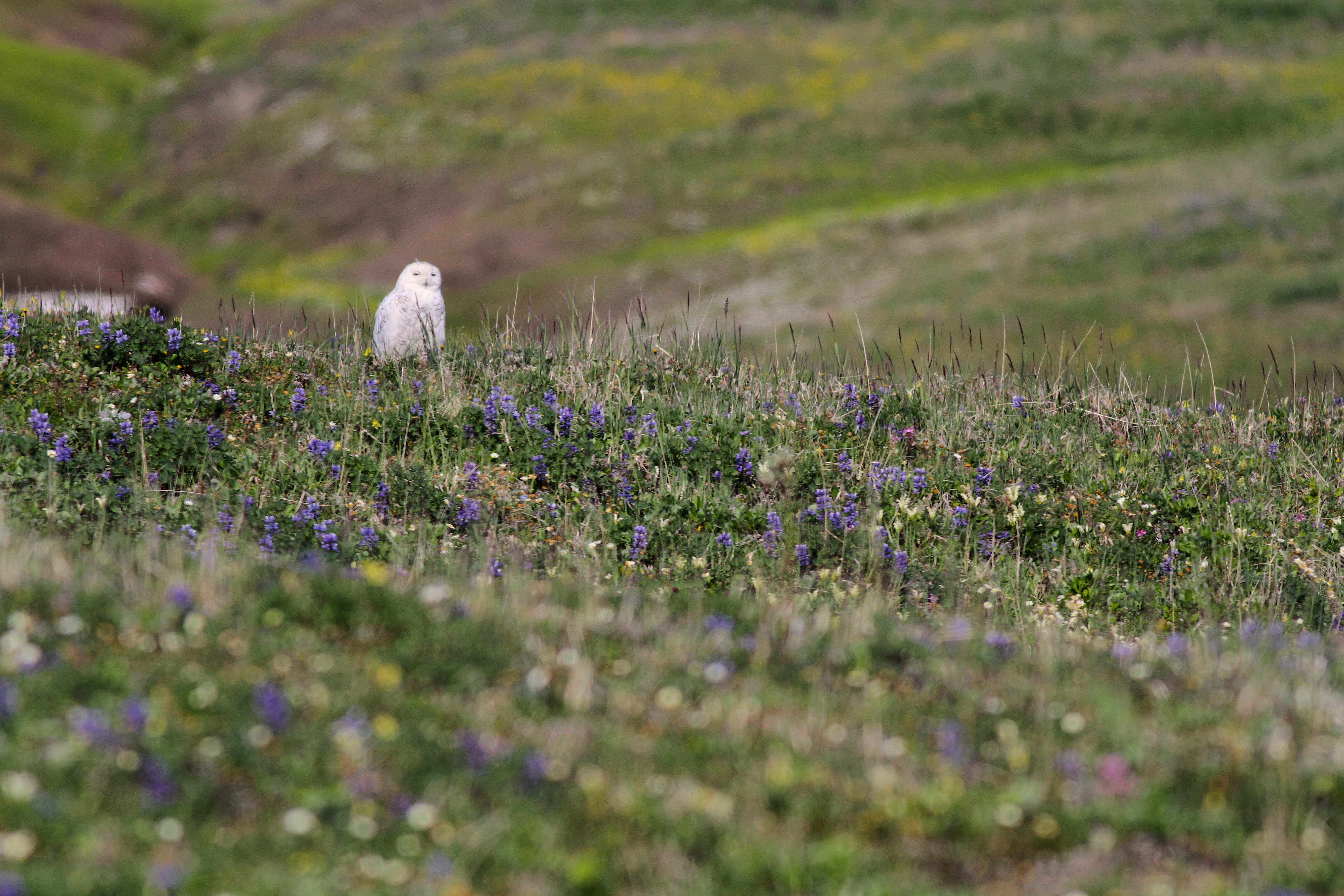A changing Arctic

The Arctic is changing in striking ways. Temperatures are rising, sea ice is melting and permafrost is thawing, fundamentally transforming tundra landscapes. But change in the Arctic is not always obvious – in fact, sometimes it is hidden. Amidst shrubs, tucked behind stones and often surviving in the most improbable of places, many tundra plants remain unnoticed by scientists. Discovering this hidden biodiversity can help us understand how life on Earth is being altered at its northernmost extremes.
Dark diversity

From afar, arctic landscapes might appear monotonic. Shades of white and blue blend into greens and browns as the midnight sun returns to the tundra. Looking closer, however, reveals a marvelously diverse world of plants. Plants are among the first species to respond to climate change. With taller statures, denser canopies and new species moving in, arctic plant communities are continuously being reshuffled as temperatures warm. But this might not be the full picture of biodiversity change in the Arctic. It is time to look beyond the traditional small-scale monitoring plots and discover what diversity lurks across the landscape but has never been detected before. These species represent the tundra’s dark diversity.
Web of life

Capturing the Arctic’s dark diversity and where it resides – in the warmer or cooler, drier or wetter parts of the landscape – will help us make predictions of how plant biodiversity will shift as the climate continues to warm. If a warmer Arctic means more species moving out across the landscape beyond the warmest hiding spots, these changes will echo through the entire ecosystems, influencing the plants, but also the animals that depend on them for food.
Everything is connected in the Arctic and when one species shifts this could lead to cascades across the interdependent web of life in the tundra.
Northern discoveries

Our goal is to find and document the dark diversity of Qikiqtaruk – an arctic island off the Yukon coast in Canada. With eyes closely scanning the ground and drones capturing the vast Arctic landscapes, we will reveal some of the tundra’s best kept biodiversity secrets. As we embark on our scientific treasure hunt, researchers from across the tundra biome will go on a search of their own. Our dark diversity protocol will travel across sites, and with each newly detected plant species, we will be getting closer to understanding ongoing and future shifts across northern ecosystems.
Some of us never even imagined they would see the Arctic. For other members of our expedition, the Arctic is home. Qikiqtaruk brought us together and we are so excited to explore the rapidly changing tundra landscapes as a team.
Follow our journey as we discover stories of hidden biodiversity and unique experiences at the northern edges of the world.
